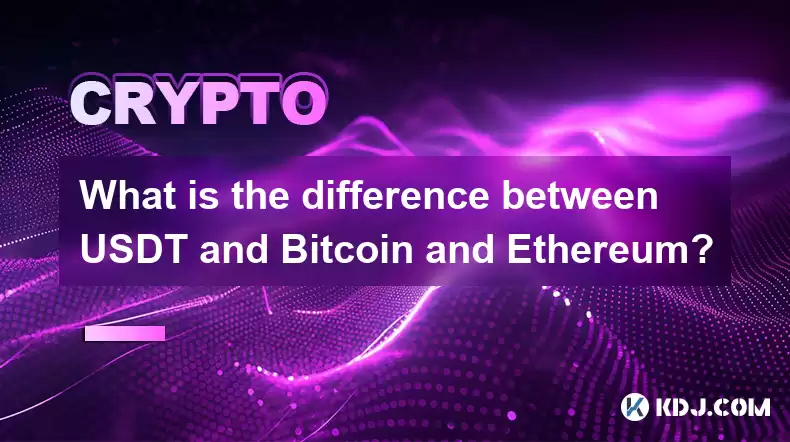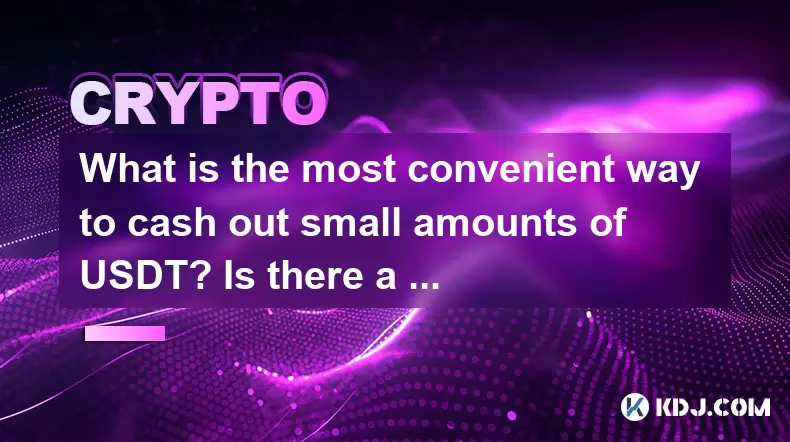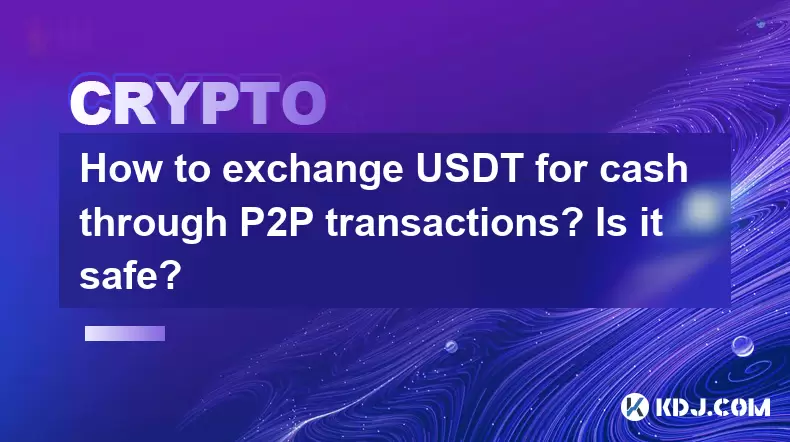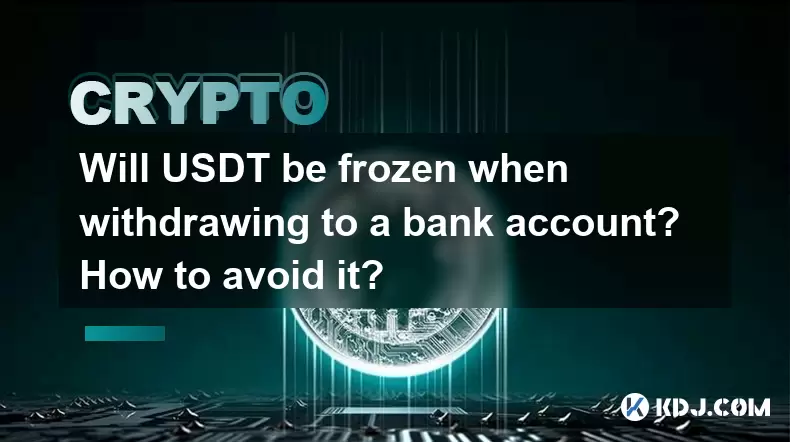-
 Bitcoin
Bitcoin $115100
1.27% -
 Ethereum
Ethereum $3675
2.71% -
 XRP
XRP $2.995
1.45% -
 Tether USDt
Tether USDt $1.000
0.02% -
 BNB
BNB $769.8
2.64% -
 Solana
Solana $168.0
3.25% -
 USDC
USDC $0.9999
-0.01% -
 TRON
TRON $0.3371
1.48% -
 Dogecoin
Dogecoin $0.2051
3.36% -
 Cardano
Cardano $0.7394
2.30% -
 Hyperliquid
Hyperliquid $38.15
0.42% -
 Stellar
Stellar $0.3966
-0.36% -
 Sui
Sui $3.486
2.93% -
 Chainlink
Chainlink $16.72
2.52% -
 Bitcoin Cash
Bitcoin Cash $568.0
4.36% -
 Hedera
Hedera $0.2440
2.59% -
 Ethena USDe
Ethena USDe $1.001
0.04% -
 Avalanche
Avalanche $22.16
2.06% -
 Litecoin
Litecoin $119.1
-0.73% -
 UNUS SED LEO
UNUS SED LEO $8.991
0.04% -
 Toncoin
Toncoin $3.232
-0.39% -
 Shiba Inu
Shiba Inu $0.00001233
2.82% -
 Uniswap
Uniswap $9.717
2.53% -
 Polkadot
Polkadot $3.664
1.85% -
 Dai
Dai $1.000
0.01% -
 Monero
Monero $281.2
-3.89% -
 Bitget Token
Bitget Token $4.350
1.55% -
 Cronos
Cronos $0.1428
5.07% -
 Pepe
Pepe $0.00001050
3.68% -
 Aave
Aave $262.3
3.54%
What is the difference between USDT and Bitcoin and Ethereum?
USDT, a dollar-pegged stablecoin, contrasts with volatile cryptocurrencies Bitcoin and Ethereum. While USDT facilitates trading, Bitcoin offers a store of value, and Ethereum supports decentralized applications.
Mar 16, 2025 at 07:21 pm

Key Points:
- Underlying Asset: USDT is a stablecoin pegged to the US dollar, while Bitcoin and Ethereum are cryptocurrencies with fluctuating values.
- Volatility: USDT aims for price stability, unlike Bitcoin and Ethereum which are known for their volatility.
- Use Cases: USDT is primarily used for trading and transferring value with relative price stability, while Bitcoin and Ethereum have broader use cases including payments, decentralized applications (dApps), and smart contracts.
- Technology: USDT operates on various blockchains, often leveraging existing networks. Bitcoin and Ethereum have their own distinct blockchain technologies.
- Decentralization: Bitcoin and Ethereum are decentralized cryptocurrencies, whereas USDT's decentralization level depends on the issuer and the underlying reserves.
What is the difference between USDT and Bitcoin and Ethereum?
Understanding the differences between USDT, Bitcoin, and Ethereum requires examining their core functionalities, underlying technologies, and market roles within the cryptocurrency ecosystem. These three assets represent distinct approaches to digital currency and serve different purposes.
USDT: A Stablecoin Tethered to the Dollar
Tether (USDT) is a stablecoin, meaning its value is pegged to a fiat currency, in this case, the US dollar. This peg aims to minimize price volatility, making it a relatively stable asset compared to Bitcoin and Ethereum. However, the actual stability of USDT has been a subject of debate and scrutiny, particularly regarding the transparency of its reserves. Its primary use is as a medium of exchange within cryptocurrency exchanges, facilitating trading and reducing exposure to the volatility of other cryptocurrencies.
Bitcoin: The Original Cryptocurrency
Bitcoin (BTC) is the first and most well-known cryptocurrency. It operates on a decentralized blockchain network, meaning no single entity controls it. Bitcoin's value is derived from its scarcity (a limited supply of 21 million coins) and its growing adoption as a store of value and a medium of exchange. Its price is highly volatile, subject to market speculation and various external factors. Bitcoin's blockchain technology is renowned for its security and immutability.
Ethereum: A Platform for Decentralized Applications
Ethereum (ETH) is a decentralized platform that goes beyond simply being a cryptocurrency. It uses a blockchain to run smart contracts – self-executing contracts with the terms of the agreement directly written into code. This enables the creation of decentralized applications (dApps), offering a wide range of functionalities beyond simple transactions. Ethereum's value is driven by its utility as a platform and the success of its ecosystem of dApps. Like Bitcoin, its price is also volatile.
Comparing Key Characteristics:
Let's compare these three assets across several key characteristics:
- Volatility: USDT aims for minimal volatility, while Bitcoin and Ethereum are known for significant price fluctuations.
- Decentralization: Bitcoin and Ethereum are highly decentralized, whereas USDT's decentralization level is a subject of ongoing discussion and depends on the issuer's transparency and practices.
- Underlying Asset: USDT is pegged to the US dollar, while Bitcoin and Ethereum are not backed by any physical asset. Their value is determined by market forces.
- Use Cases: USDT primarily serves as a stable trading pair on exchanges. Bitcoin is used as a store of value and a medium of exchange. Ethereum enables the creation and execution of smart contracts and dApps.
- Technology: USDT operates on various blockchains, often leveraging existing infrastructure. Bitcoin and Ethereum each utilize their unique and independent blockchain technologies.
How to acquire USDT, Bitcoin, and Ethereum:
Acquiring these cryptocurrencies typically involves the following steps:
- Choose a cryptocurrency exchange: Research and select a reputable exchange that supports the assets you want to purchase.
- Create an account: Register for an account on the chosen exchange, providing necessary personal information.
- Verify your identity: Most exchanges require identity verification (KYC) to comply with regulations.
- Fund your account: Deposit funds into your exchange account via various methods, such as bank transfer or credit/debit card.
- Place an order: Select the cryptocurrency (USDT, BTC, or ETH) you wish to buy and place an order specifying the amount.
- Store your crypto: Once purchased, transfer your cryptocurrencies to a secure digital wallet for safekeeping.
Common Questions:
Q: Is USDT safer than Bitcoin or Ethereum?
A: The relative safety of each asset depends on your risk tolerance and investment goals. USDT offers price stability but carries risks related to the issuer's solvency and transparency. Bitcoin and Ethereum are more volatile but benefit from greater decentralization.
Q: Which cryptocurrency is best for long-term investment?
A: There is no single "best" cryptocurrency for long-term investment. The ideal choice depends on individual risk tolerance, market outlook, and investment strategy. Bitcoin and Ethereum are often considered long-term investment options due to their established market positions and technological foundations. However, they are subject to significant price volatility.
Q: Can I use USDT to buy goods and services?
A: While some merchants accept USDT, its primary use is within the cryptocurrency ecosystem for trading and transferring value. Bitcoin is more widely accepted as a payment method than USDT.
Q: What are the risks associated with each cryptocurrency?
A: All cryptocurrencies carry risks, including price volatility, security breaches, regulatory uncertainty, and scams. It's crucial to conduct thorough research and understand the risks before investing. USDT's risk is primarily related to its backing and the issuer's stability, while Bitcoin and Ethereum's risks are mainly related to price volatility and market sentiment.
Disclaimer:info@kdj.com
The information provided is not trading advice. kdj.com does not assume any responsibility for any investments made based on the information provided in this article. Cryptocurrencies are highly volatile and it is highly recommended that you invest with caution after thorough research!
If you believe that the content used on this website infringes your copyright, please contact us immediately (info@kdj.com) and we will delete it promptly.
- BlockDAG, Litecoin, and Cardano: Charting the Course in Crypto's Dynamic Waters
- 2025-08-07 09:09:06
- Fireverse Token: Igniting a Musical Revolution in Web3
- 2025-08-07 08:27:45
- Ethereum, L2 Withdrawals, and Decentralization: A New Yorker's Take
- 2025-08-07 08:32:33
- Avalanche vs. Ruvi AI: Daily Sales Tell a Story of Crypto Disruption
- 2025-08-07 06:29:35
- DeSoc: The Crypto to Buy Now for a Decentralized Future (and Maybe 43x Gains!)
- 2025-08-07 06:50:16
- Arctic Pablo Coin: Riding the Meme Coin Wave with a Deflationary Twist
- 2025-08-07 07:18:13
Related knowledge

How to choose a reliable USDT exchange service provider? How to identify?
Jun 12,2025 at 03:15pm
Understanding the Role of USDT in Cryptocurrency TradingUSDT (Tether) is one of the most widely used stablecoins in the cryptocurrency market. It is d...

What is the most convenient way to cash out small amounts of USDT? Is there a shortcut?
Jun 11,2025 at 11:00pm
Understanding the Need to Cash Out Small USDT AmountsCashing out small amounts of USDT can be a challenge for many crypto users. Traditional methods o...

How to transfer USDT to PayPal or international payment tools?
Jun 15,2025 at 05:28am
Understanding the Basics of USDT and PayPal IntegrationUSDT (Tether) is a stablecoin pegged to the US dollar, offering blockchain-based value transfer...

How to exchange USDT for cash through P2P transactions? Is it safe?
Jun 18,2025 at 07:56am
Understanding USDT and P2P TransactionsTether (USDT) is a stablecoin pegged to the value of the US dollar, making it a popular choice for users who wa...

Will USDT be frozen when withdrawing to a bank account? How to avoid it?
Jun 15,2025 at 10:03am
Understanding USDT Withdrawals and Bank Account Freezing RisksWhen users decide to withdraw USDT (Tether) to a bank account, one of the most common co...

How to avoid risks when exchanging USDT for cash? What are the pitfalls?
Jun 11,2025 at 08:14pm
Understanding the Risks of Exchanging USDT for CashWhen exchanging USDT (Tether) for cash, users must be aware of the potential risks involved. As a s...

How to choose a reliable USDT exchange service provider? How to identify?
Jun 12,2025 at 03:15pm
Understanding the Role of USDT in Cryptocurrency TradingUSDT (Tether) is one of the most widely used stablecoins in the cryptocurrency market. It is d...

What is the most convenient way to cash out small amounts of USDT? Is there a shortcut?
Jun 11,2025 at 11:00pm
Understanding the Need to Cash Out Small USDT AmountsCashing out small amounts of USDT can be a challenge for many crypto users. Traditional methods o...

How to transfer USDT to PayPal or international payment tools?
Jun 15,2025 at 05:28am
Understanding the Basics of USDT and PayPal IntegrationUSDT (Tether) is a stablecoin pegged to the US dollar, offering blockchain-based value transfer...

How to exchange USDT for cash through P2P transactions? Is it safe?
Jun 18,2025 at 07:56am
Understanding USDT and P2P TransactionsTether (USDT) is a stablecoin pegged to the value of the US dollar, making it a popular choice for users who wa...

Will USDT be frozen when withdrawing to a bank account? How to avoid it?
Jun 15,2025 at 10:03am
Understanding USDT Withdrawals and Bank Account Freezing RisksWhen users decide to withdraw USDT (Tether) to a bank account, one of the most common co...

How to avoid risks when exchanging USDT for cash? What are the pitfalls?
Jun 11,2025 at 08:14pm
Understanding the Risks of Exchanging USDT for CashWhen exchanging USDT (Tether) for cash, users must be aware of the potential risks involved. As a s...
See all articles

























































































